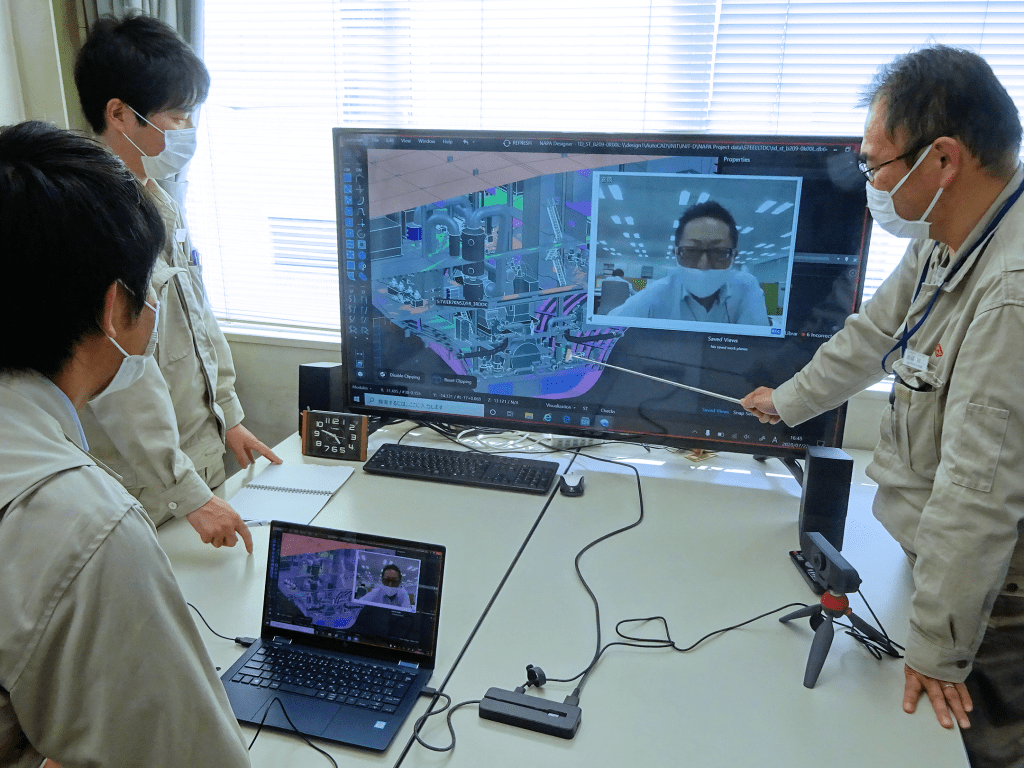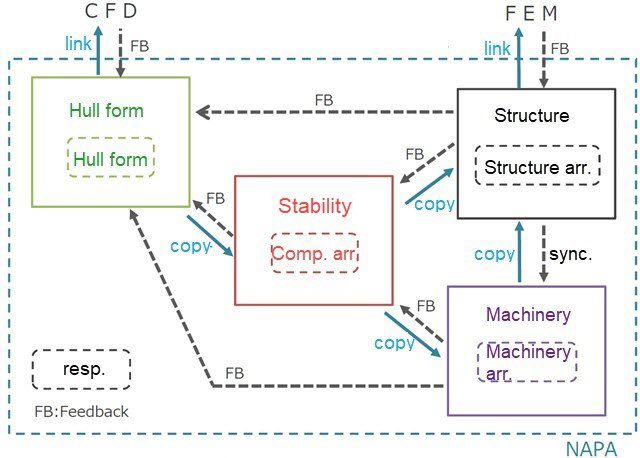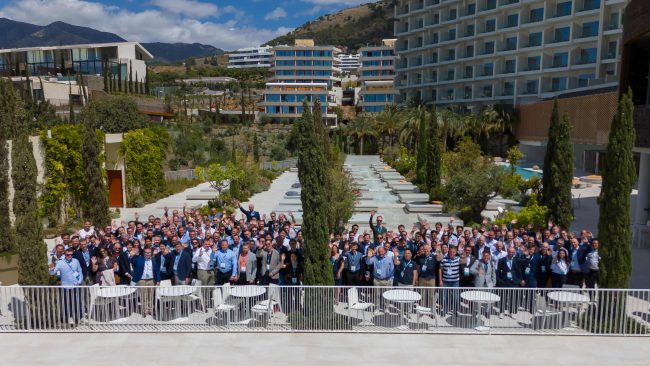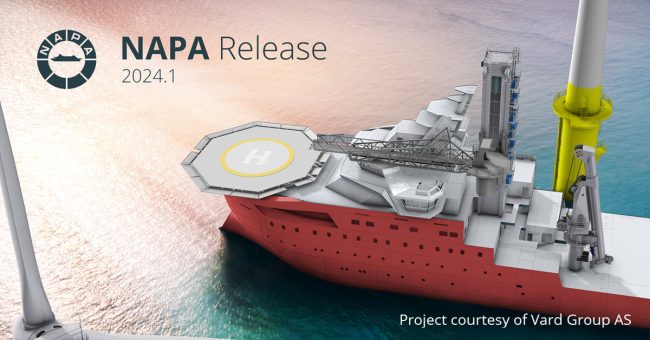One Model process on NAPA enables efficient concurrent engineering in concept design for Namura Shipbuilding

The Technology Development Centre of Namura Shipbuilding, which oversees the development of concept design of standard vessels, uses NAPA when establishing an effective concurrent design process between the different disciplines.
Background
Namura Shipbuilding Co. Ltd., one of Japan’s major shipbuilding companies, specializes in bulkers, tankers and gas carriers for shipowners and charterers. The Technology Development Centre of Namura Shipbuilding was established in 2019. It has been using NAPA software to develop and design ships that stand out from the competition.
Challenge
With many competitors, both domestic and international, constantly bidding for newbuilding contracts, it’s essential for Namura Shipbuilding to achieve its higher targets for fuel efficiency, weight reduction, and shorter lead times for newbuilt vessel designs in a timely manner. However, this is complicated because the process is usually involving frequent design changes, such as hull form improvements and compartment arrangement changes, even in the middle of the overall design stage.
Therefore, to achieve this goal within a limited period of time, Namura needed to rethink and adapt a new approach to ship design.
For instance, usually in the design process, the person in charge of the structure design cannot start strength calculations unless the stability engineer provides the longitudinal strength data as definitive information. Furthermore, the difficulty of communication can play a significant role in slowing down the process and may result in design errors.
To tackle this challenge and ensure a uniform, simultaneous way of working between the different disciplines in the vessel design operation, a concurrent design process with streamlined communication between the persons in charge needed to be established.
NAPA Solution
With over 30 years of extensive ship design knowledge embedded in its software, comprehensive technical capabilities to ensure a time-efficient and accurate advanced design process – NAPA was the go-to option for Namura Shipbuilding.
Using NAPA Designer’s adaptable and intuitive interface and constantly improving usability (carried out through updates), Namura established a concurrent way of working between the team members involved in the initial design stages. By establishing the One Model process, the team members, including stability engineer, hull form designer, machinery arrangement designer and structure designer, were able to communicate effectively in the platform itself without any external communication. For example, without exchanging emails on design progress and/or changes.
The way the One Model process works can be summarized using the following example. The hull form, stability, and machinery and structure models in the figure refer to the NAPA project files with different names, each of which is handled separately: hull form, compartments, machinery equipment arrangement and structures.
While the information for the hull model consists of only hull form information, the stability model consists of hull form and compartment information, and the machinery and structure model consists of hull form, compartments, machinery equipment information, and structural information.
| Hull Model | Stability Model | Machinery and Structure Model |
|---|---|---|
| Hull form information | Hull form information | Hull form information |
| Compartment information | Compartment information | |
| Machinery equipment information | ||
| Structural information |
In addition, an operational rule should be made that each design domain change will be implemented only by the person in charge. Thus only the person in charge of designing the compartment arrangement in the stability model can change the compartment information (even though technically, it is possible to change the compartments, for example, within a structure model). The light blue dotted lines in the figure represent the scope of the NAPA model, with the light blue arrows indicating work using the NAPA functions and the black dashed arrows indicating work using non-NAPA functions.

One Model process of Namura Shipbuilding Co.
When a certain amount of compartment changes are made, the entire stability model is copied to the structural model using NAPA functions – meaning that the structure based on the shared reference surface is automatically adapted.
“By using NAPA in the One Model process, we can shorten the examination time, enabling smooth information transmission and visual confirmation of interference between the hull structure and major equipment.” // Seigi Miyahara, Assistant Manager, Design Planning Team, Technology Development Centre of Namura Shipbuilding Co.,Ltd.
Apart from uniformity in communication and an unrivaled ability to collaborate at different stages of the design process while being able to go back and make changes before the final product was realized, using NAPA also meant no leakage of communication and a time gap. Changes made could instantly be seen by other teams.
Conclusion
As a result of using NAPA to establish a working method for concurrent design, Namura’s Technology Development Centre was able to shorten the design process and visually check the interference that may occur between different components of the vessel before it’s physically built. Furthermore, with the Namura Shipbuilding company consisting of different wider teams beyond the Technology Development Centre, this way of working must be useful for other departments.


